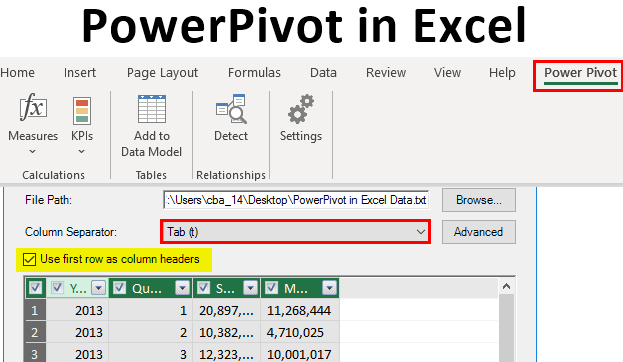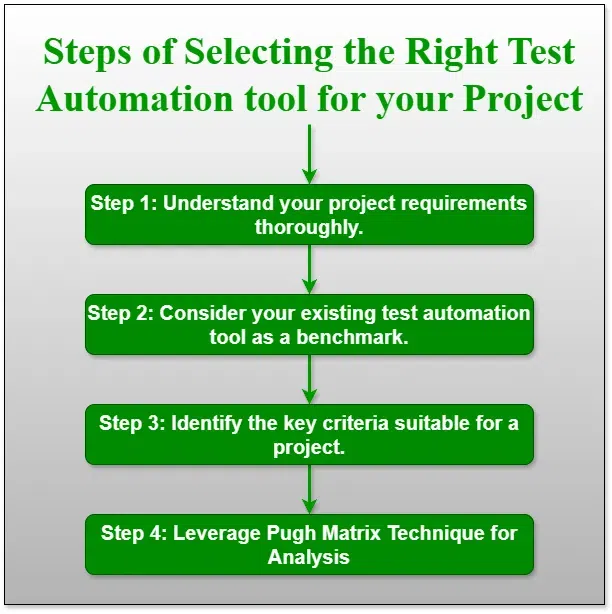
Learning how to automate tasks in Excel is more important than ever. Many people search for ways to stop doing boring, repetitive work. Excel automation helps turn slow tasks into fast, mistake-free processes. It saves time and helps you get more done.
Whether you are entering data, making reports, or doing math, Excel automation helps you work better and faster. This guide will show you simple and smart ways to automate your work in Excel.
Must Read: What Are Slicers Used For in Excel: The Complete Guide to Interactive Data Filtering
Understanding Excel Automation
Excel automation means using built-in tools to do the same tasks again and again without doing them by hand. It saves time, avoids mistakes, and gives you the same good results every time. People often use automation for entering data, making regular reports, cleaning up data, and doing math.
VBA Macros for Powerful Automation
Recording Your First Macro
VBA, or Visual Basic for Applications, is Excel’s most powerful automation tool. To get started, turn on the Developer tab. Then click “Record Macro” to start tracking your steps. Choose “relative references” if you want your macro to work on different data sets. Save your macro in the Personal Macro Workbook so you can use it in any Excel file.
Essential VBA Programming
- Objects: These are things like Workbook, Worksheet, and Range
- Variables: Hold data while the macro runs
- Control Flow: Use “If…Then…Else” and loops to control what happens
- Subroutines: Break up your code into smaller parts
Triggering Macros
You can make buttons that run your macros with one click. You can also add keyboard shortcuts to run them quickly. Some macros run by themselves when something changes in your workbook, like when you open a file or change a cell.
Power Query for Data Transformation
Getting Started with Power Query
Power Query helps you pull in data from different places and clean it up—no coding needed. You can load data from CSV files, databases, websites, and cloud apps. The Power Query Editor lets you change your data step-by-step, and it remembers every change.
Common Transformations
- Data Cleaning: Remove duplicates, split columns, and fix errors
- Reshaping: Pivot or unpivot tables, combine data, and add more rows
- Custom Columns: Use M language to make new columns
- Data Types: Pick the right format for each type of data
Automatic Data Refresh
You can set Power Query to update your data on a schedule. That way, your reports always show the newest information.
Power Pivot for Advanced Analysis

Building Data Models
Power Pivot connects many tables, so you can work with more data. Use Power Query to get the data, then use Power Pivot to connect the tables using matching columns. This lets you analyze everything together.
DAX Formulas
DAX (Data Analysis Expressions) lets you do smart calculations:
- Calculated Columns: Add new columns to your data
- Measures: Make numbers that change based on filters
- Time Intelligence: Compare year-over-year data or calculate averages
- Advanced Functions: Use tools like CALCULATE, FILTER, and RELATED
Office Scripts for Cloud Automation
Modern JavaScript Automation
Office Scripts let you automate Excel on the web using JavaScript. You can record actions just like with macros, but these scripts work online. The editor helps you write and fix your code, with smart suggestions and tools.
Power Automate Integration
You can connect Office Scripts with Power Automate. This lets Excel do things when something else happens—like getting an email, someone filling out a form, or running a report every morning.
Formula-Based Automation
Dynamic Array Functions
These new Excel formulas update automatically:
- XLOOKUP: Search both ways and handle missing values
- FILTER: Show only the data that matches your rules
- SORT: Put data in order by one or more columns
- UNIQUE: Find and keep only the different values
Conditional Formatting
You can highlight important data with colors and symbols. Use formulas to set your rules. Add icons and bars to make dashboards more visual.
Data Validation
Keep your data clean by controlling what people can enter. Use formulas to make your own rules. You can even make drop-down lists that update themselves.
Best Practices for Excel Automation
Planning Your Automation
Before you start, know what task you want to automate. Break big problems into small steps. Draw a flowchart to help you plan. Always test with sample data first.
Code Organization
- Use clear names for your variables
- Add comments to explain tricky parts
- Handle errors so the program doesn’t crash
- Reuse parts of your code when possible
Testing and Debugging
Test your code one line at a time. Use the Immediate window in VBA to try things out. Compare results with manual work to check accuracy. Keep records of what changed.
Choosing the Right Automation Method

Simple Tasks
Use formulas for easy problems. New dynamic array functions can do a lot without any code. Conditional formatting makes your data easier to see and understand.
Data Processing
Power Query is great for cleaning and preparing data. Use it to bring in files, clean them up, and combine them. If needed, M language can do special tasks.
Complex Analysis
Power Pivot is best for big projects with lots of tables. DAX lets you do smart math based on filters. VBA is best when you need full control and custom solutions.
Cloud Integration
Office Scripts are perfect when sharing files online. Power Automate helps you connect Excel with other apps. Together, they work across the whole company.
Implementation Strategy
Start Small
Try your first automation on a simple task. Pick something you do a lot and that’s easy to repeat. Show others how it helped to get support.
Scale Gradually
As you learn more, take on bigger projects. Teach others how to use what you build. Write guides so your tools are easy to keep using. Set rules for who can change shared tools.
Monitor and Improve
Keep checking to make sure everything still works. Ask users what can be better. Update your tools as your needs change. Learn about new Excel tools as they come out.
Advanced Automation Techniques
Error Handling and Validation
Build your tools so they don’t break easily. In VBA, use “On Error” to manage mistakes without crashing. Use data validation to catch bad inputs. Always back up your data before making changes.
User Interface Design
Use VBA UserForms to make helpful screens for your tools. Add clear buttons and progress bars. Write good messages to explain what’s happening. Keep your design clean and easy to use.
Performance Optimization and Troubleshooting
Speed Enhancement Techniques
Make your VBA code run faster by turning off screen updates and auto-calculations. Don’t use “Select” unless needed. Use loops wisely. Process things in memory when working with lots of data.
Debugging Common Issues
Fix common problems like errors in formulas or slow code. Use Excel’s debugging tools like the VBA debugger and formula checker. Keep a list of problems and solutions for your team.
Security and Collaboration
Macro Security Management
Set macro settings to stay safe from harmful code. Use digital signatures to show which macros are safe. Protect your code with passwords so only the right people can change it.
Sharing Automated Solutions
Make your tools easy to use on any computer. Write down what’s needed to run them. Avoid hard-coded file paths that break when files move. Use flexible references instead.
Must Read: How Do I Freeze Panes in Excel? 2025 Guide
Conclusion
Excel automation changes how people work—from doing things by hand to working faster and smarter. The tools in this guide—from formulas to VBA—can help you save time and make better choices with your data.
Start with something small like recording a macro. Then try Power Query, DAX, and other tools as you learn. Pick the right tool for each job. Dynamic formulas help you see changes in real time, and Power Automate helps you connect everything in the cloud.
Excel keeps getting better with AI and online tools. Learning to automate now gives you a big advantage. You’ll work faster, make fewer mistakes, and spend more time on important tasks.
Remember, good automation takes time. Start small, test a lot, and grow your skills step by step. With the tools in this guide, you’re ready to make your work in Excel faster, easier, and smarter.

